Jamaican Spindalis
- December 17, 2023
- 0 comment
The Jamaican Spindalis (Spindalis nigricephala) is a small, brightly colored bird endemic to Jamaica. It is a member of the Spindalidae family, which also includes the Stripe-headed Tanager and the Puerto Rican Tanager.
Physical Appearance

Jamaican Spindalis
- Lifespan: 10 years
- Habitat: Dry and Wet Forests, Woodlands, and Scrublands.
- Diet: Insects, Nectar, and Flowers.
- Size: 6.7 cm
- Weight: 0.7 ounce
- Wingspan: 10.2 cm
- Conservation Status: Least Concern.
- Population Trend: The population of the Jamaican Spindalis is estimated to be between 10,000 and 25,000 individuals.
Historically, the genus Spindalis consisted of a single polytypic species, Spindalis zena, with eight recognized subspecies. However, in 1997, based primarily on morphological and vocalization differences, three of the subspecies (portoricensis, dominicensis and nigricephala) were elevated to species status.
Species Type
The Jamaican Spindalis (Spindalis nigricephala) is a species of bird in the Spindalidae family. It is endemic to Jamaica and is one of four species in the family.
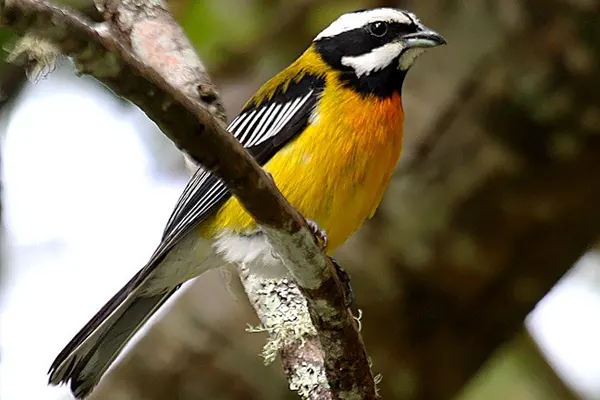

The Jamaican Spindalis, scientifically known as Spindalis nigricephala, is a species of bird that belongs to the family Thraupidae. It is endemic to Jamaica, which means it is found only on the island of Jamaica and nowhere else in the world. The Jamaican Spindalis is known for its vibrant and distinctive plumage, with a combination of black, yellow, and white colors. It primarily inhabits forests and wooded areas, where it feeds on a diet consisting of insects, fruits, and seeds.
Feather Coloration
The Jamaican Spindalis (Spindalis nigricephala) exhibits striking and distinctive feather coloration. The males typically have a vibrant and contrasting color pattern. Their heads are black, while their bodies display a mix of bright yellow and white feathers. The wings often have patches of black and yellow, creating a visually appealing contrast.

Female
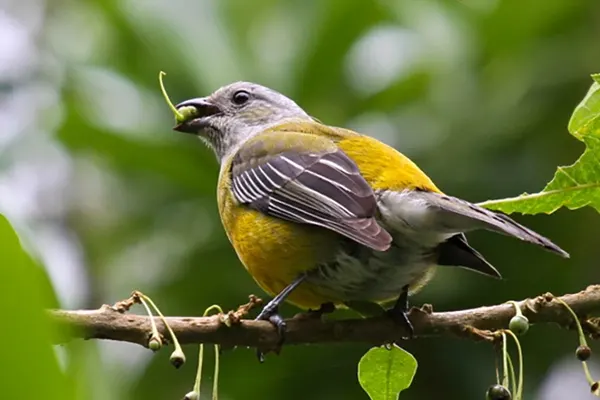
This coloration not only serves functional purposes, such as attracting mates and camouflaging in their respective environments, but also contributes to the aesthetic beauty of these birds. The Jamaican Spindalis’ colorful plumage is a notable feature and plays a role in their ecological and reproductive strategies.
Flight Characteristics
The Jamaican Spindalis (Spindalis nigricephala) is a bird species with agile and versatile flight capabilities. Like many songbirds, it has a strong and direct flight, characterized by rapid wing beats. The flight pattern of the Jamaican Spindalis allows it to navigate through the varied environments of its habitat, including forests and wooded areas.

Flight Style
- The Jamaican Spindalis typically flies in short bursts, flitting from branch to branch or tree to tree.
- Its flight is characterized by rapid wing beats and frequent changes in direction.
- It can also hover briefly while picking fruit or nectar from flowers.
- It is not a long-distance flier and rarely ventures far from its home territory.
The flight characteristics of the Jamaican Spindalis include swift and direct movements, which are essential for its foraging, breeding, and territorial behaviors in the diverse landscapes of Jamaica.
Migration Patterns
The Jamaican Spindalis is an example of a bird that has adapted to its island environment and evolved a non-migratory lifestyle. This strategy has been successful for the species, enabling it to thrive within its limited range.
- Stable food sources: Jamaica’s tropical climate provides a consistent abundance of fruits and insects, eliminating the need for long-distance migrations in search of food.
- Limited predators: Compared to mainland species, the Jamaican Spindalis faces fewer predators, reducing the need to migrate to safer areas.
- Island environment: Being confined to an island limits its ability to migrate long distances.
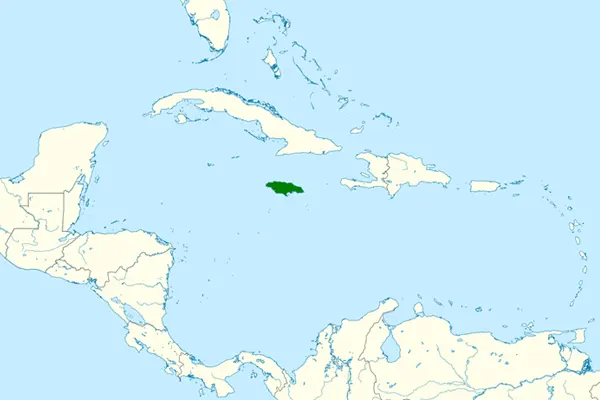
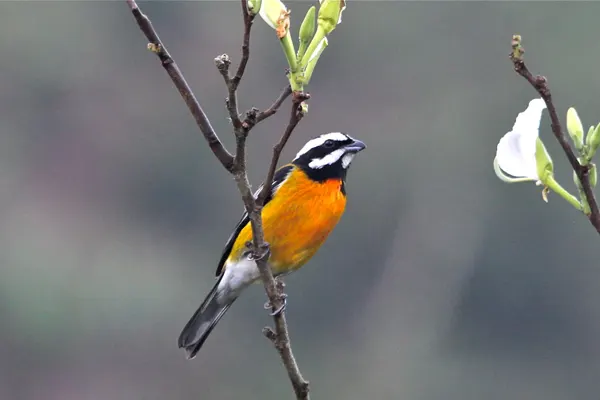
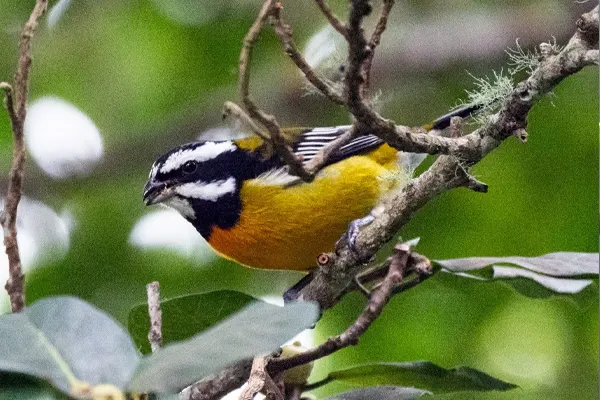
- Seasonal shifts: During the breeding season, birds may move to higher elevations in search of suitable nesting sites.
- Food availability: Birds may move within their home range to areas with more abundant food sources depending on the season.
- Dispersal: Young birds may disperse from their natal area to establish their own territories.
The Jamaican Spindalis is a non-migratory bird, meaning it does not undergo long-distance seasonal movements. It remains within its home range throughout the year.
Habitat & Distribution
By protecting its habitat and promoting sustainable practices, we can ensure the future of the Jamaican Spindalis and its vital role in the island’s ecosystem.
- Forest: The Jamaican Spindalis primarily inhabits dry and wet forests, including rainforests, montane forests, and dry limestone forests.
- Woodlands: It can also be found in secondary forests, woodlands, and scrublands with dense vegetation.
- Fruiting trees: The presence of fruit-bearing trees and shrubs is crucial for the Spindalis’ diet, so it prefers areas with abundant food sources.
- Elevation: The Spindalis is most common at elevations between 1,000 and 5,000 feet, but it can be found as low as sea level.
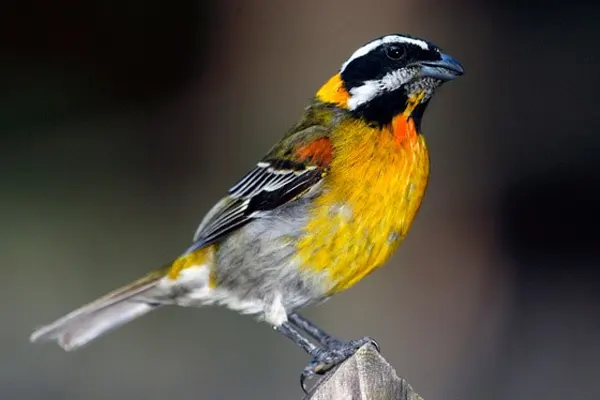
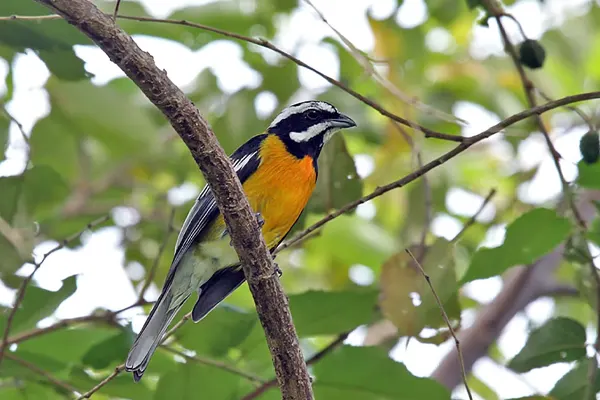
Distribution
- Endemic: The Jamaican Spindalis is endemic to Jamaica, meaning it is found nowhere else in the world.
- Island-wide: It is distributed across the island, but with varying densities.
- Uplands: It is more numerous in the mountainous regions, particularly the Blue Mountains and John Crow Mountains.
- Local: It is less common on the north and southwest coasts.
The Jamaican Spindalis is a beautiful bird found only in Jamaica. It plays an important role in the island’s ecosystem and is a popular tourist attraction.
Behavioral Traits
These behavioral traits contribute to the overall adaptation and survival of the Jamaican Spindalis in its native habitat. The combination of foraging strategies, social interactions, and reproductive behaviors allows the species to thrive in the diverse environments of Jamaica.
Social Behavior
- Foraging: Jamaican Spindalis typically forage in pairs or small groups, searching for fruits and insects among the leaves and branches.
- Nesting: During breeding season, pairs cooperate in building a cup-shaped nest from twigs, leaves, and other materials. They will then take turns incubating the eggs and feeding the chicks.
- Communication: Spindalis use a variety of vocalizations to communicate with each other, including chirps, whistles, and trills. These calls serve various purposes, such as attracting mates, defending territories, and keeping in contact with other members of the group.

Feeding Behavior
- Frugivore: The Jamaican Spindalis is primarily a frugivore, meaning its diet consists mainly of fruits. Its strong beak is well-adapted for cracking open fruits and extracting the seeds.
- Insectivore: Spindalis also eat insects, which are an important source of protein, especially during the breeding season. They glean insects from leaves and branches or snatch them in mid-air.
- Nectar: Spindalis are also known to eat nectar from flowers, especially during the dry season when fruits are less abundant.
Reproductive Behavior
- Monogamous: Jamaican Spindalis are generally monogamous, meaning they mate with the same partner each year.
- Breeding season: The breeding season typically occurs between March and June.
- Clutch size: Females lay 2-3 eggs, which are incubated for about 12-14 days.
- Parental care: Both parents take care of the young, providing them with food and protection until they are able to fledge on their own.
The Jamaican Spindalis exhibits a variety of complex and fascinating behaviors that allow it to survive and thrive in its island home. By understanding these behaviors, we can better appreciate the unique natural history of this beautiful bird.
Role in Ecosystem
The Jamaican Spindalis plays a crucial role in maintaining the health and diversity of Jamaica’s ecosystem. Its contributions as a seed disperser, pollinator, insect predator, food source, and indicator species are essential for the long-term sustainability of the island’s natural environment
Seed dispersal
- As a frugivore, the Jamaican Spindalis consumes a wide variety of fruits, swallowing the seeds whole and dispersing them through its droppings over a large area.
Pollination
- While primarily a frugivore, Jamaican Spindalis also feed on nectar from flowers, inadvertently transferring pollen between different plants as they move from flower to flower.
Insect control
- Jamaican Spindalis are insectivores, consuming a variety of insects and other small invertebrates. This helps to regulate insect populations and prevent outbreaks that could damage the ecosystem.

Food source for other animals
- As a prey species, Jamaican Spindalis are an important food source for a variety of predators, including snakes, birds of prey, and mammals.
Indicator species
- The Jamaican Spindalis is considered an indicator species, meaning that its presence or absence can provide insights into the overall health of the ecosystem.
By protecting the Jamaican Spindalis and its habitat, we can ensure the continued health of the island’s ecosystem and preserve this beautiful bird for future generations.
Dietary Habits
The Jamaican Spindalis, a vibrant and vocal bird endemic to the island of Jamaica, boasts a diverse diet that plays a crucial role in its survival and the health of the ecosystem.
Primary Food Sources
- Ficus: These figs provide a rich source of energy and nutrients.
- Cecropia: These fruits offer high sugar content and attract Spindalis with their sweet smell.
- Dunalia: These small berries are abundant in the Jamaican forests and provide a valuable food source.


- Oranges: Introduced to the island, oranges have become a popular food source for Spindalis due to their abundance and sugary content.
- Pimentos: These allspice berries offer unique flavor and fragrance, attracting Spindalis and aiding in seed dispersal.
- Roystonea fruits: These royal palm fruits are a valuable food source, especially during the dry season when other fruits are less abundant.
- Nectar: Spindalis also feed on nectar from flowers, particularly during the dry season when fruits are scarce. This provides them with additional energy and carbohydrates.
- Insects: While fruits and nectar form the bulk of their diet, Spindalis also consume insects, especially during the breeding season. This provides them with protein essential for egg production and chick development.
The diverse dietary habits of the Jamaican Spindalis, we can better appreciate their role as vital members of the island’s ecosystem and implement effective conservation strategies to ensure their future survival.
Interesting Facts
Understanding and appreciating these intriguing facts about the Jamaican Spindalis, we can learn about their unique place in the ecosystem and work towards their continued survival. These feathered wonders deserve our attention and protection for generations to come.
- Endemic to Jamaica: The Jamaican Spindalis is found exclusively on the island of Jamaica. It is not found in any other part of the world, making it an endemic species.
- Colorful Plumage: The male Jamaican Spindalis is known for its vibrant and contrasting colors, including black, yellow, and white. This striking plumage is often displayed during courtship rituals and is a distinctive feature of the species.
- Cryptic Female Plumage: In contrast to the colorful males, females have more subdued, brownish-gray plumage. This difference in coloration is a common trait in many bird species where males exhibit brighter colors for mate attraction.
- Nocturnal Roosting: Outside of the breeding season, Jamaican Spindalis may engage in nocturnal roosting, seeking shelter in trees or dense vegetation during the night.
- Foraging Agility: These birds exhibit agile flight and maneuverability, allowing them to navigate through the forest canopy while foraging for insects and other food sources.
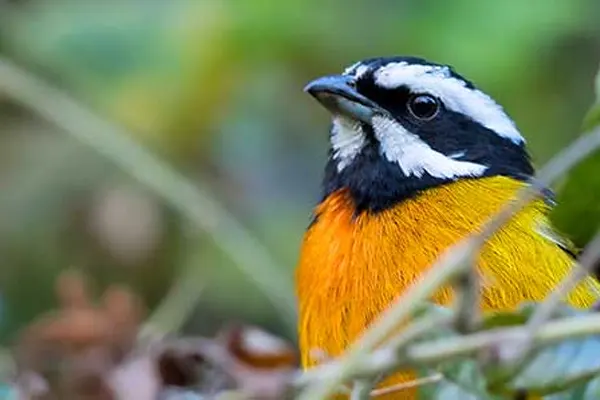
- Territorial Behavior: During the breeding season, males can be territorial, defending specific areas against other males. They use vocalizations and displays to communicate and establish dominance.
- Unique Vocalizations: The Jamaican Spindalis is known for its varied vocalizations, including calls and songs. These vocalizations play a crucial role in communication within the species, serving purposes such as mate attraction and territory defense.
- Seed Dispersal: By consuming fruits and seeds and later excreting them in different locations, the Jamaican Spindalis contributes to seed dispersal, influencing the regeneration of plant species in its habitat.
- Role in Biodiversity Conservation: As an endemic species, the conservation of the Jamaican Spindalis is important for preserving the biodiversity of Jamaica. Efforts to protect its habitat contribute to the overall health of the island’s ecosystems.
- Attracts Birdwatchers: The unique characteristics and endemic status of the Jamaican Spindalis make it a sought-after species for birdwatchers and nature enthusiasts, contributing to ecotourism in Jamaica.
Nesting Habits
These nesting habits are essential components of the breeding biology of the Jamaican Spindalis, contributing to the survival and reproductive success of the species within its native habitat. The choice of nesting sites, construction materials, and parental care behaviors are all adapted to the specific ecological conditions of the Jamaican environment.
- Nesting Site: Jamaican Spindalis typically constructs cup-shaped nests in trees. They choose locations that provide a degree of concealment and protection, such as in the branches of trees or shrubs.
- Nest Construction: The construction of the nest involves weaving together various materials. The primary building materials include plant fibers, twigs, and other vegetative matter. In some cases, the birds may incorporate spider webs into the nest to enhance its structure and stability.
- Female’s Role: The female is primarily responsible for constructing the nest. She uses her beak to weave and shape the materials, creating a well-insulated cup that serves as a comfortable and secure space for laying eggs and raising chicks.
- Egg Laying: After completing the nest, the female lays a clutch of eggs inside. The number of eggs in a clutch can vary, but it is typically small, with two to four eggs being common.

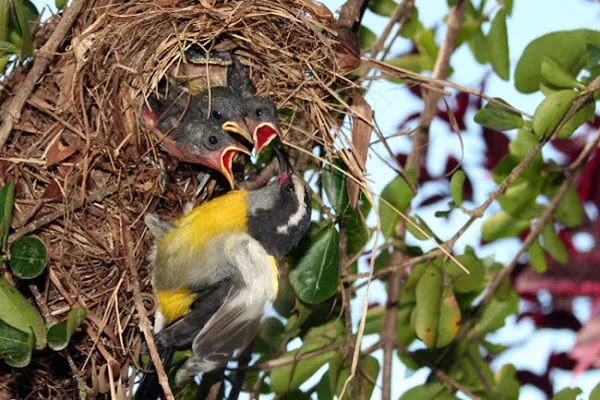
- Incubation Period: The female incubates the eggs to facilitate their development. The incubation period lasts for a specific duration, during which the female remains dedicated to keeping the eggs warm and protected.
- Parental Care: Both the male and female participate in caring for the chicks after they hatch. This includes feeding them and protecting them from potential threats. The parental care phase is critical for the survival of the offspring.
- Fledging: Once the chicks have developed and are capable of flight, they leave the nest. The fledging period is a significant milestone in the reproductive cycle, marking the transition from dependent chicks to more independent juveniles.
- Renesting: In some cases, Jamaican Spindalis may engage in renesting, especially if the first nesting attempt is unsuccessful or if there are favorable conditions for raising another brood.
Melodious Song & Vocalizations
The calls and vocalizations of the Jamaican Spindalis offer a fascinating window into their communication system and social behavior. By appreciating the complexity and richness of their vocal repertoire, we gain a deeper appreciation for these remarkable birds and their vital role in the Jamaican ecosystem.
Types of Vocalizations
- Chirps: Short, high-pitched sounds used for various purposes, including contact calls, alarm calls, and greeting calls.
- Whistles: Melodic and drawn-out sounds often used for attracting mates and defending territories.
- Trills: Rapid sequences of notes that can be long or short, often used to express excitement or alarm.
- Whispered song: A unique vocalization of the Spindalis, consisting of a long-sustained phrase repeated several times. This whisper-like song is mostly used during the breeding season.
- Rattles: Males emit churring or rattling sounds when disturbed or threatened.
- Seep: A soft, weak note typically heard while the bird is in flight.
- High-pitched chi chi chi: This rapid vocalization is produced by foraging Spindalis, especially when in groups.

Purpose of Vocalizations
- Communication: Spindalis use their calls to communicate with each other, maintaining contact, expressing emotions, and sharing information about predators or food sources.
- Territorial defense: Males use their songs and whistles to defend their territories from other males, establishing their dominance and attracting mates.
- Attracting mates: Male Spindalis use their songs, particularly the complex whispered song, to attract females and initiate courtship behavior.
- Warning: Alarm calls are used to warn other birds of potential threats, such as predators.
- Food calls: Spindalis may use specific calls to communicate about the location of food sources.
The diverse and complex vocalizations of the Jamaican Spindalis are essential for their survival and successful reproduction. By understanding their calls and songs, we can gain valuable insights into their behavior, ecology, and social interactions. Moreover, documenting and preserving these vocalizations contribute to conservation efforts by improving our understanding of the species and monitoring their populations.
Ecological Significance
The Jamaican Spindalis plays a crucial role in maintaining the health and diversity of Jamaica’s ecosystem. Its contributions as a seed disperser, pollinator, insect predator, food source, and indicator species are essential for the long-term sustainability of the island’s natural environment.
Seed Dispersal
- As a frugivore, the Spindalis consumes a variety of fruits, swallowing the seeds whole and dispersing them through its droppings over a large area.
- This process of seed dispersal helps to promote the regeneration of forest trees and shrubs, contributing to the overall health and diversity of the ecosystem.
Pollination
- Though primarily a frugivore, the Spindalis also feeds on nectar from flowers, inadvertently transferring pollen between different plants as they move from flower to flower.

Insect Control
- The Spindalis is an insectivore, consuming a variety of insects and other small invertebrates. This helps to regulate insect populations and prevent outbreaks that could damage the ecosystem.
Additional details about the ecological significance
- Species interactions: The Spindalis interacts with various species in the ecosystem, forming complex relationships that impact the entire food web.
- Role in forest regeneration: By dispersing seeds and promoting plant growth, the Spindalis plays a vital role in maintaining healthy forests, which provide essential resources for numerous species.
- Impact on soil health: Through its droppings, the Spindalis contributes to nutrient cycling and soil health, which benefits the overall ecosystem.
- Aesthetic value: The Spindalis is a beautiful and charismatic bird that contributes to the natural beauty and biodiversity of Jamaica.
Conservation Status
While the Jamaican Spindalis is currently classified as Least Concern, it is crucial to continue monitoring its population and implement conservation efforts to address existing and emerging threats. These efforts will ensure the long-term survival of this beautiful bird and its vital role in the Jamaican ecosystem.

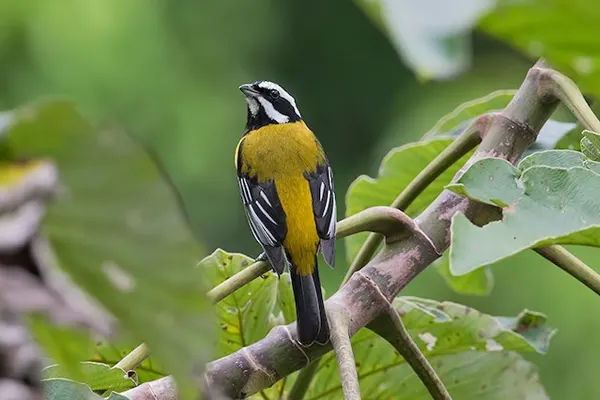
Population Size and Trend
- The exact population size of the Jamaican Spindalis is unknown, but it is estimated to be in the tens of thousands.
- The population trend is currently stable, but there is limited data for long-term monitoring.
Threats
- Habitat Loss and Fragmentation: This is the most significant threat to the Spindalis. Deforestation, agriculture, and urban development are destroying and fragmenting its forest habitat, reducing its food sources and breeding grounds.
- Invasive Species: Introduced species like the mongoose prey on Spindalis eggs and chicks, impacting their reproductive success.
- Climate Change: Rising temperatures and changes in rainfall patterns could affect food availability and suitable habitat for the Spindalis, potentially leading to population declines.
Conservation Efforts
- Protected Areas: Establishing and managing protected areas, such as the Blue and John Crow Mountains National Park and the Cockpit Country, helps to preserve Spindalis habitat.
- Habitat Restoration: Reforestation and restoration efforts aim to create new habitat for Spindalis and connect fragmented forests, improving their ability to move and disperse.
- Public Awareness: Raising awareness about the importance of the Spindalis and its role in the ecosystem encourages public support for conservation efforts.
- Research: Ongoing research on Spindalis populations, behavior, and habitat needs is essential for developing effective conservation strategies.
Research and Ongoing Studies
The research efforts on the Jamaican Spindalis are crucial for gaining a deeper understanding of this unique bird and developing effective conservation strategies. By continuing to study the Spindalis, we can ensure its long-term survival and the health of the Jamaican ecosystem it inhabits.
- Population Monitoring: Researchers often conduct studies to monitor the population dynamics of the Jamaican Spindalis. This includes assessing population size, distribution, and any potential changes over time. Population monitoring is crucial for understanding the health of the species and identifying potential conservation concerns.
- Habitat Ecology: Studies focus on the ecology of the Jamaican Spindalis and its habitat requirements. This includes research on the bird’s preferred nesting sites, foraging behavior, and interactions with the local vegetation. Understanding habitat ecology is essential for implementing effective conservation strategies.
- Breeding Biology: Researchers may investigate the breeding biology of the Jamaican Spindalis, including nesting habits, reproductive success, and factors influencing breeding outcomes. This information is vital for developing conservation measures to protect breeding populations.
- Threat Assessment: Studies assess potential threats to the Jamaican Spindalis, such as habitat loss, climate change, or introduction of invasive species. Identifying and understanding these threats helps in developing conservation strategies to mitigate their impact.

- Genetic Studies: Genetic research may be conducted to understand the genetic diversity and population structure of the Jamaican Spindalis. This information is crucial for maintaining healthy populations and can inform captive breeding or translocation efforts if needed.
- Community Engagement: Conservation efforts often involve collaboration with local communities. Research may focus on understanding the interactions between the Jamaican Spindalis and human communities, as well as promoting awareness and engagement in conservation initiatives.
- Conservation Measures: Ongoing studies may assess the effectiveness of existing conservation measures and propose new strategies to protect the Jamaican Spindalis and its habitat. This includes habitat restoration, protected area management, and other interventions.
The Jamaican Spindalis, while not facing immediate extinction danger, remains a subject of active research due to its unique biology and ecological importance.
Educational and Ecotourism
The Jamaican Spindalis provides valuable opportunities for education and ecotourism in Jamaica. By promoting awareness, fostering engagement, and encouraging responsible practices, we can ensure that the Spindalis thrives for generations to come.
Educational Opportunities
- Birdwatching programs: Guided birdwatching tours can introduce students and visitors to the Spindalis and other Jamaican birds, promoting awareness and appreciation for the natural world.
- Interactive exhibits: Museums and nature centers can develop exhibits focusing on the Spindalis, showcasing its biology, ecology, and conservation needs.
- School curriculum: The Spindalis can be incorporated into school curriculum to teach students about birds, ecosystems, and conservation.
- Citizen science projects: Engaging the public in citizen science projects, such as bird counting and nesting surveys, can generate valuable data and promote community involvement in conservation.
- Art and cultural programs: Artists and educators can use the Spindalis as a theme for art projects, music, and storytelling, fostering creativity and environmental understanding.

Ecotourism Opportunities
- Birdwatching tours: Operators can offer specialized birding tours focused on the Spindalis, attracting nature enthusiasts to Jamaica and generating revenue for conservation efforts.
- Nature walks and hikes: Guided tours through Spindalis habitats can educate visitors about the island’s biodiversity and promote sustainable tourism practices.
- Ecolodges and eco-friendly resorts: Accommodations can integrate elements of Spindalis conservation into their operations, offering educational activities and promoting responsible tourism practices.
- Photography workshops: Workshops focused on bird photography can attract photographers and generate interest in the Spindalis and other Jamaican birds.
- Volunteer programs: Visitors can participate in volunteer programs assisting with Spindalis conservation efforts, such as habitat restoration and research projects.
By leveraging the appeal of the Jamaican Spindalis, educational and ecotourism initiatives can contribute to both conservation efforts and the local economy, fostering a deeper appreciation for the natural heritage of Jamaica.
Conclusion
The Jamaican Spindalis (Spindalis nigricephala) stands as a captivating and ecologically significant bird species endemic to the island of Jamaica. Its vibrant and contrasting plumage, diverse vocalizations, and unique behaviors make it a focal point for various scientific studies, conservation efforts, and educational initiatives.
The Jamaican Spindalis plays crucial roles within its ecosystem, contributing to seed dispersal, insect control, and the overall balance of the local flora and fauna. As an endemic species, its conservation is integral to preserving the biodiversity of Jamaica and maintaining the health of its ecosystems.
Efforts to study and protect the Jamaican Spindalis encompass a range of activities, from population monitoring and habitat ecology research to community engagement and ecotourism development. The bird’s appeal to birdwatchers, researchers, and nature enthusiasts provides a platform for raising awareness about the importance of biodiversity conservation.
Through educational programs, interpretive centers, and ecotourism opportunities, the Jamaican Spindalis serves as a flagship species, inspiring a deeper understanding of the interconnectedness of nature and the need for sustainable environmental practices. As ongoing research and conservation initiatives unfold, the Jamaican Spindalis remains an emblem of Jamaica’s natural heritage, highlighting the significance of preserving endemic species and their habitats for future generations.



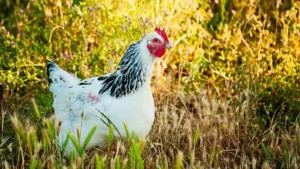

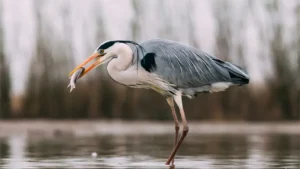
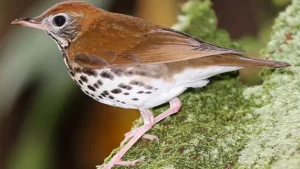
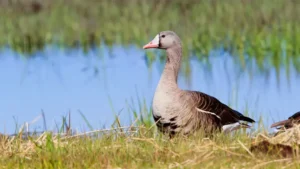
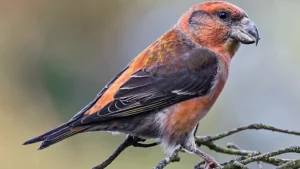
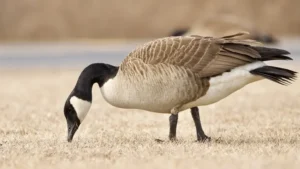
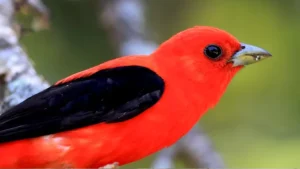

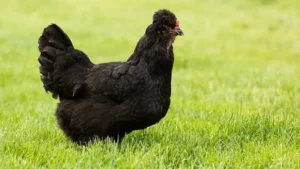

Leave your comment